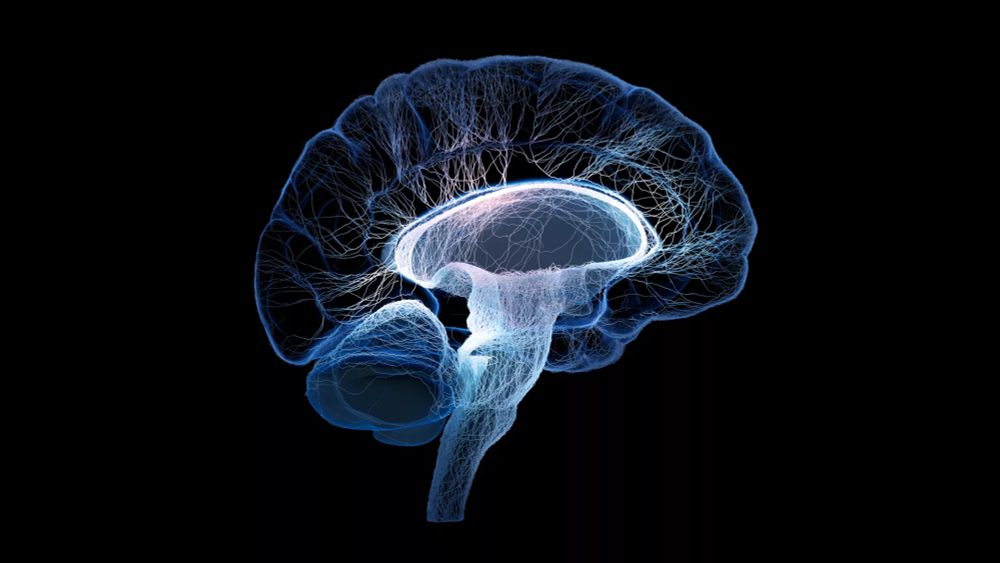We would love to hear where you think single-neuron modeling should go next!

We would love to hear where you think single-neuron modeling should go next!




Here are some key insights:
Here are some key insights:
@frontiersin.bsky.social, with Sapir Shapira, @danielay1.bsky.social, Yoni Leibner, Huib Mansvelder, Christiaan de Kock, @mikilon.bsky.social, and Idan Segev,

@frontiersin.bsky.social, with Sapir Shapira, @danielay1.bsky.social, Yoni Leibner, Huib Mansvelder, Christiaan de Kock, @mikilon.bsky.social, and Idan Segev,

